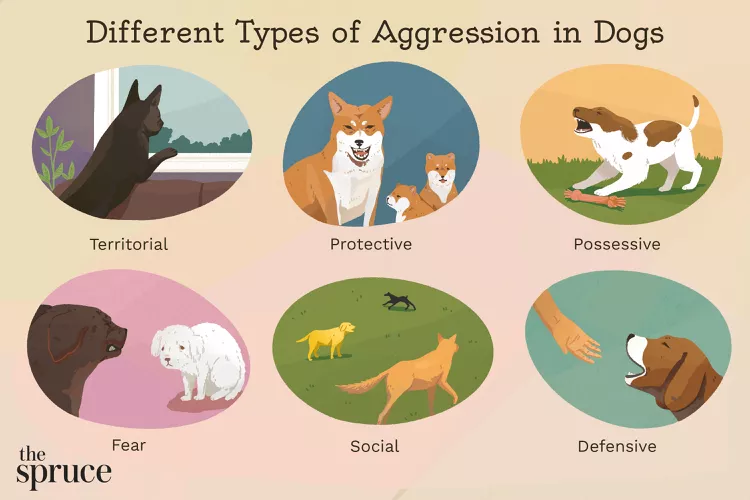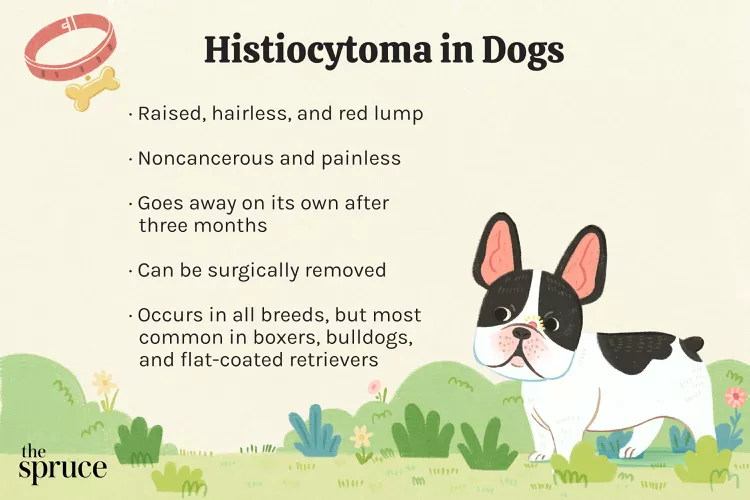
Can dogs eat edamame? Yes, your pup can enjoy small amounts of plain, shelled edamame as an occasional treat, says Rebecca Greenstein, DVM. Edamame refers to young, green soybeans harvested before they fully ripen. Popular in various human cuisines, especially East Asian dishes, these beans boast a strong nutritional profile.
Here’s what you need to know about safely feeding your pup this tasty legume.
Dr. Rebecca Greenstein, DVM, veterinary medical advisor for Rover
First, let’s take a look at some of the benefits of edamame for dogs.
While edamame can be a nutritious treat for dogs, it’s important to be aware of potential health risks. Here are some key considerations to keep in mind.
“Edamame is high in fiber, so for dogs who aren’t used to high fiber intake, they might cause GI upset or flatulence, but only if eaten in large amounts,” Greenstein says.
To avoid this, stick to small portions and gradually introduce edamame into your dog’s diet to avoid overwhelming their digestive system.
“The tough, chewy, fibrous pod is technically safe to ingest, but in large amounts, could create an obstructive effect in the gut,” Greenstein says.
As such, Greenstein suggests sticking to shelled edamame for your pup's safety.
“Edamame are soybeans, so while soy allergies aren’t particularly common in dogs, it’s possible your dog might be allergic to them,” Greenstein says.
Symptoms of an allergic reaction can include itching, swelling, fur loss, gastrointestinal upset, and respiratory issues. If you notice any adverse reactions after feeding your dog edamame, discontinue feeding and call your veterinarian.
One of the biggest risks of edamame isn’t associated with the beans themselves, but with what’s added to them. Edamame frequently comes seasoned with salt, garlic, oil, or other additives that can be harmful to dogs. Garlic and onion are particularly toxic to dogs and should be kept out of their diet.
To keep your pup safe, always serve plain, unseasoned edamame.
Moderation is key when it comes to giving your dog edamame. “Treats, even healthy ones, should make up no more than 10% of your dog’s daily calorie intake,” Greenstein says.
As for portion size, here are some general guidelines:
There are many other veggies that dogs can safely enjoy as an occasional treat, some of which include:
It's recommended to always consult with a veterinarian before introducing a new food to your dog’s diet.

Cute Pictures & Facts About Calico Cats & Kittens
Learn fascinating facts about calico cats, including photos, the genetics behind this color combination, and common folklore and traditions.
How to Prevent Cat Separation Anxiety During Vacations
Discover why cats develop litter box problems and cat behavior problems when you go on vacation and what you can do about it to help them.
Cat Behavior Changes That Might Mean Something's Wrong
Cats' behavioral changes may indicate problems—or they may mean nothing at all. Explore causes of odd behavior and what to do about them.
Lhasa Apso: Dog Breed Characteristics & Care
The Lhasa apso is an ancient breed from Tibet that was bred to be a watchdog. Learn about its history, health, exercise needs, and more.
Reasons Why Dogs Run Away and How to Stop It
Dogs can escape, especially if they’re bored and not properly contained. Here are some techniques for stopping your dog from running away.
Can Dogs Get Depression? How to Help Your Sad Dog
Can dogs get depression? Learn about the signs of depression in dogs and find out how to help your sad dog.
How to Stop Aggression in Dogs
Dog aggression can be a serious behavior issue for pet owners. Learn how to stop aggression in dogs before someone gets hurt.
How to Stop Your Dog From Growling
A growling dog can soon become even more aggressive. Reduce the noise and potential for a dangerous situation with some of these techniques.
Why Do Dogs Dig Holes? How to Stop Your Dog from Relandscaping Your Yard
Dogs have been digging holes for centuries and for many reasons. Whether they’re bored or want to cool off in the dirt, here are the top reasons why dogs dig holes.
Dog Treat Varieties
Learn about the different types of dog treats on the market and decide which are best for your dog.
Can Dogs Eat Asparagus?
Dogs can eat asparagus, provided the vegetable is cooked plain and cut up for them. Seasonings, salt, and butter make it unhealthy for dogs.
Histiocytomas in Dogs
A histiocytoma is a type of benign (non-cancerous) skin lump that usually affects young dogs. Learn the causes, treatment, and prevention.
Why Is My Dog’s Eye Swollen?
If your dog's eye is swollen, she may need veterinary attention. The inflammation could be caused by allergies, an injury, or even a tumor.
Common Bugs and Parasites Found on and Inside Dogs
Learn about common types of parasites in dogs. Find out how to treat and prevent parasites to keep your dog, your family, and yourself safe.
Exploring the Different Types of Pet-Friendly Beaches
Are you looking for pet-friendly beaches? Learn about the different types of pet-friendly beaches, their locations, and tips for visiting them with your pet.
10 Obscure, Little-known Canine Facts in Honor of National Dog Day
With National Dog Day upon us, it's time to celebrate everything about our favorite pets—even the weirder stuff. Here are 10 obscure facts about dogs you probably didn't know.
Kitten Development From 3 to 6 Months Old
Kittens grow and change a lot during their first year. Find out what happens between the ages of three months and six months old.
95 Siamese Cat Names
Our list of Siamese cat names has diverse and fun options to help you choose the ideal moniker for your elegant and lovable feline companion.
What to Buy for Your New Cat: A List of Essentials
Before you bring your new cat or kitten home, there are a number of things to collect or buy so your cat will feel welcomed like a family member.
The 6 Best Cat Nail Clippers of 2024 for a Safe Trim
Clipping your cat's nails can save your furniture and keep your kitty comfortable. We asked veterinarians for their cat nail clipper recommendations.